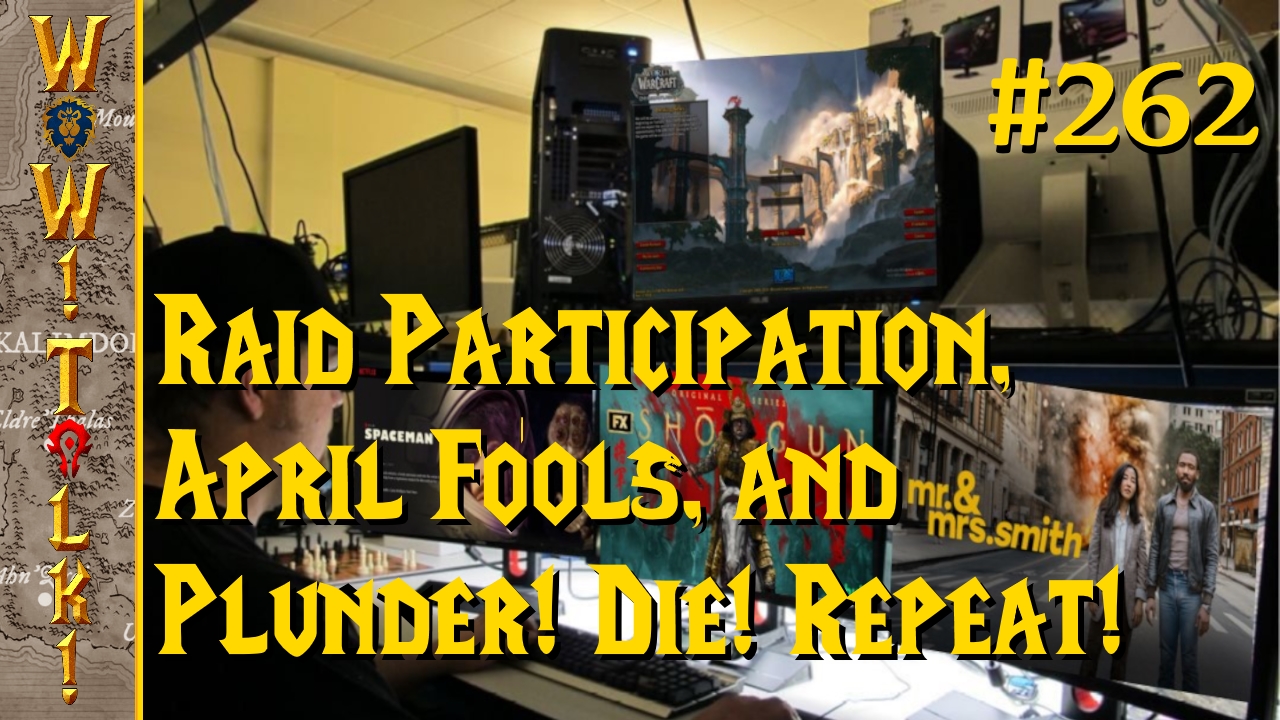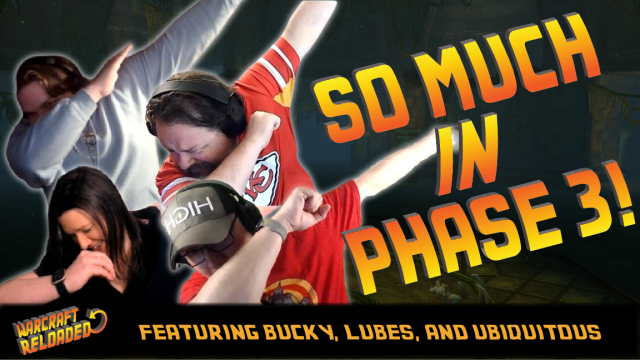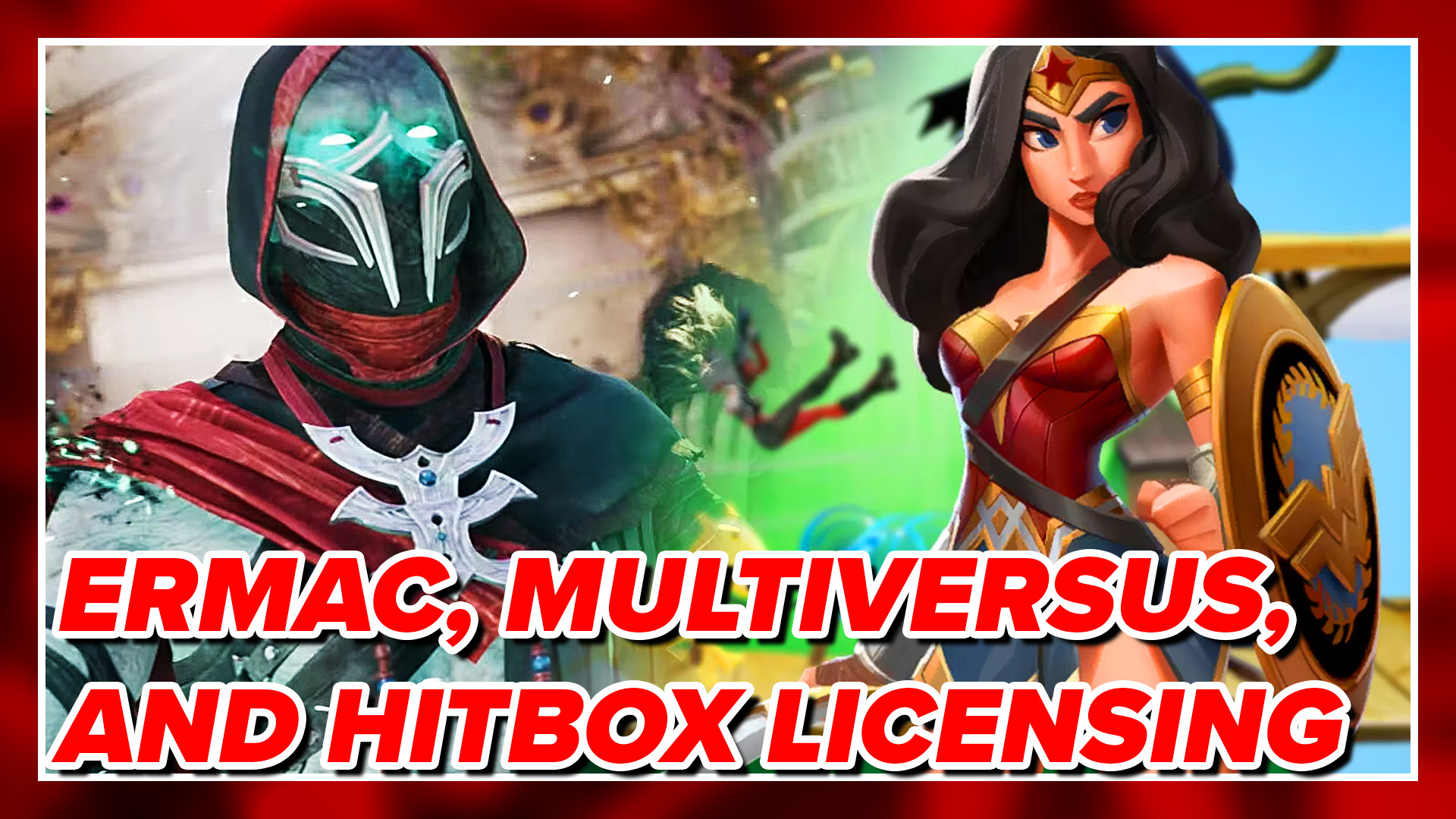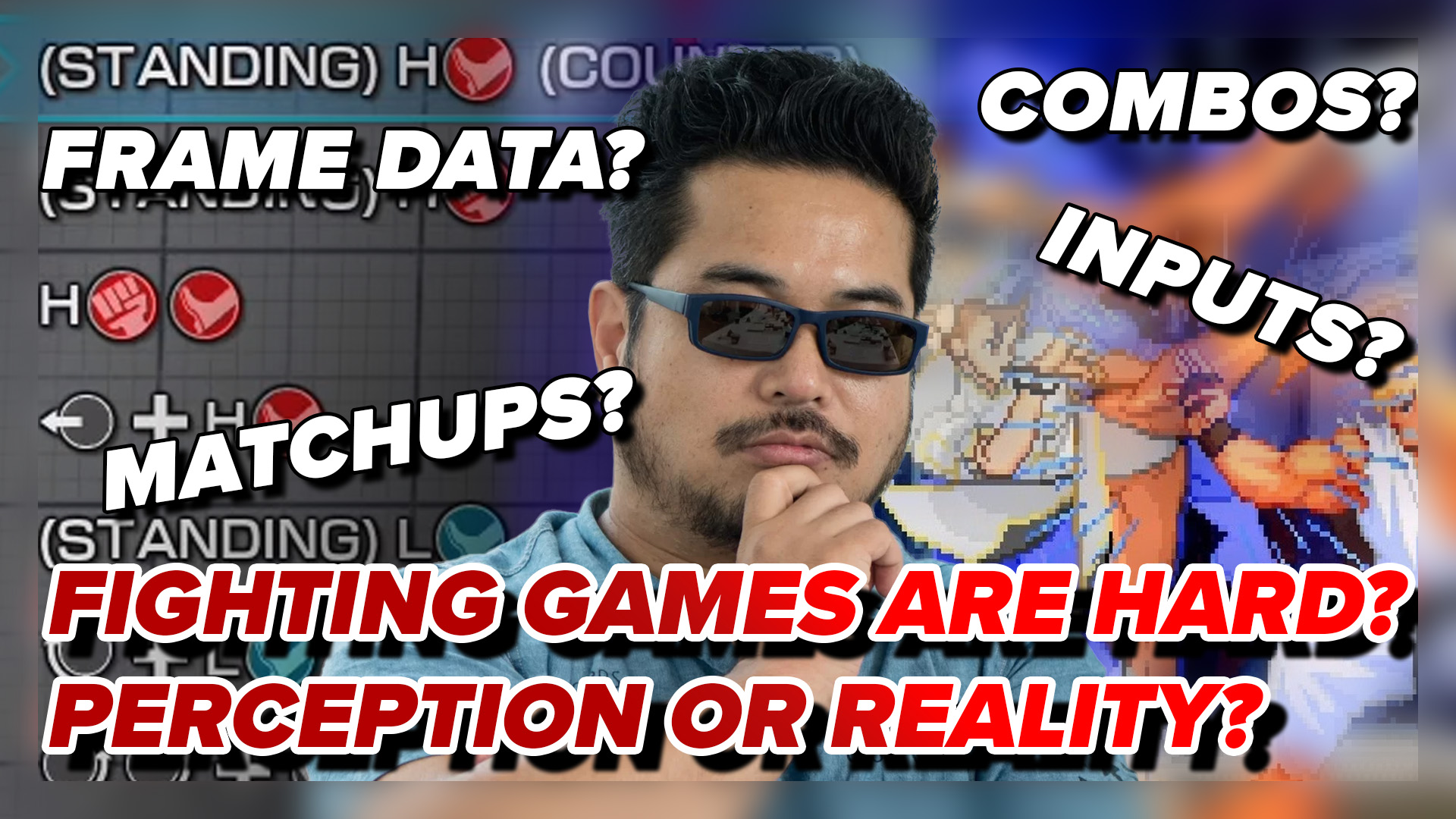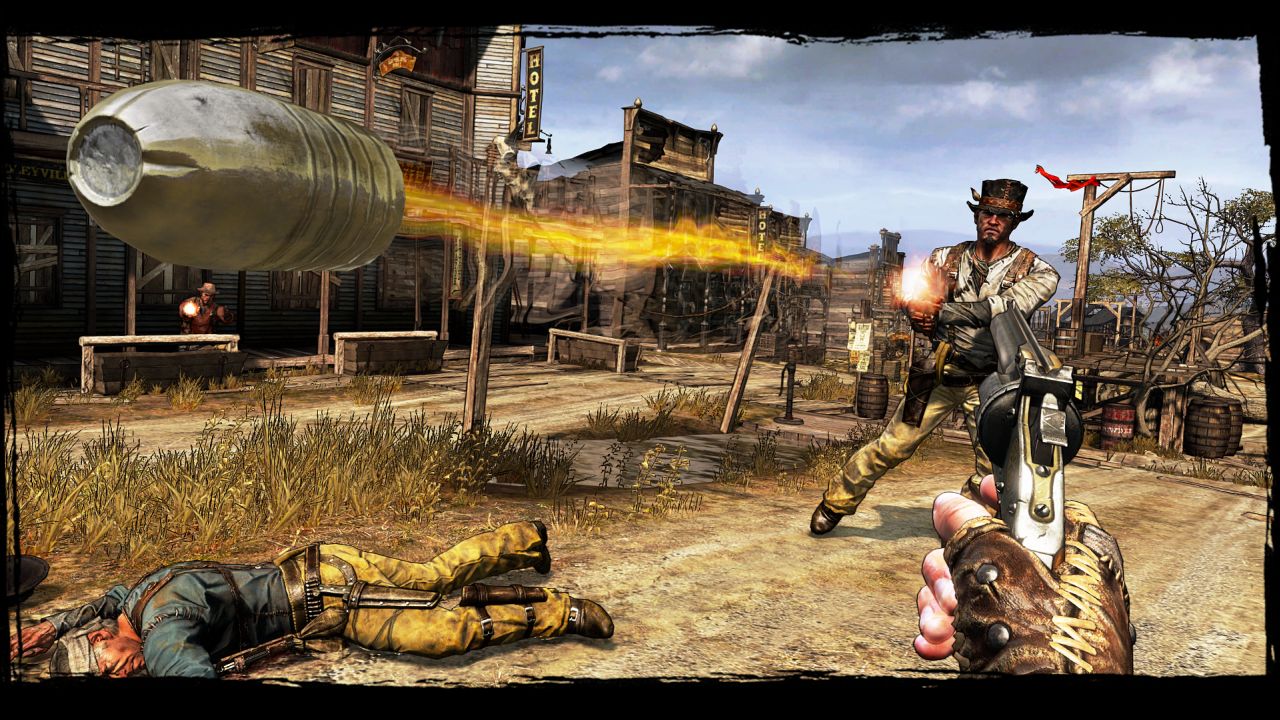
There’s something special about games that take place in the old west. I don’t know about you, but I can’t really think of a game in that setting that was bad. Perhaps it’s the folk lore that goes along with it. It was an era where the lawmen had to be more badass than the criminals to take them down (Those criminals were no slouches themselves). It’s hard enough to rob a train these days, but imagine having to do it while riding a horse. Immortal stories like Jesse James, Billy the Kid, and Wyatt Earp help fuel a lot of what we see in old west games, but Call of Juarez: Gunslinger takes it a bit further and lets us play alongside (or against) some of these legends.
In CoJ: Gunslinger you play as Silas Greaves, a man on mission of revenge against some characters that wronged his family. The game is presented as a story being told by Silas. In the beginning, Silas walks into a bar, and while having drinks starts to tell the patrons stories from his journey. This isn’t anything new in terms of game storytelling, but the way Techland utilized this approach was very interesting.
You see, as Silas is telling the story things can appear, disappear, or change. Sometimes you will play multiple versions of the story because there is a young man there that has read all about Silas in books (which may have over-glorified him) and he’ll interject with the version of the story he’s heard, only to have Silas come back and tell the real story. Also, Silas loves to tell a good story— so good that he may add extra parts to it just to make it better, only to come back and tell you what really happened. All throughout the game you’ll probably weight back and forth what is truth and what is not, and it’s one of the things that kept me going.
The story also intertwines itself with the lore of several nameable characters from the old west like Billy the Kid, Jesse James, Sundance Kid, and others. I bet you didn’t know that Billy rode with a man named Silas Greaves, or that Silas Greaves was the one that actually took down Butch Cassidy and the Sundance Kid. Well, now you know. You’re welcome. Seriously though, it was fun seeing how Techland took western lore and pretty much seamlessly tied it in with the story of CoJ: Gunslinger.
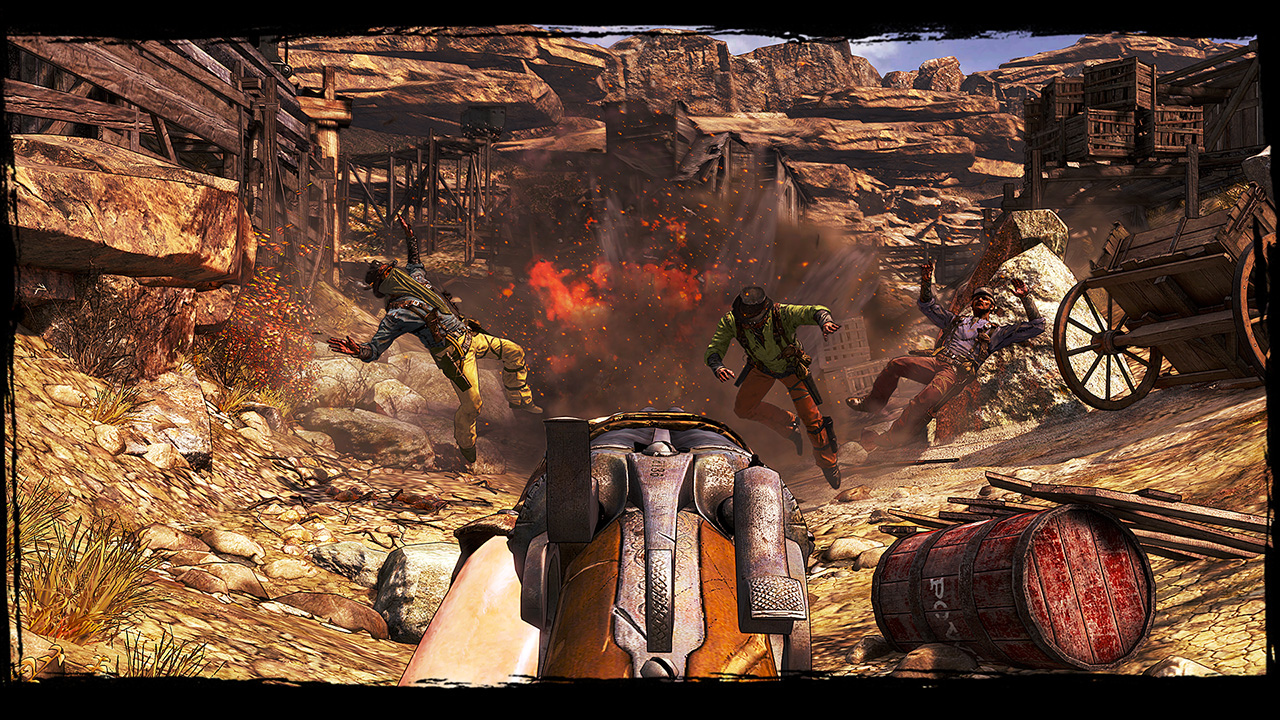
I was pretty impressed with the game play. The game retails at $15, so to be honest I wasn’t expecting much. However, I was very surprised, and that’s awesome. This first-person shooter is primarily built around shootouts. Most of the time when you catch someone running around it’s because they are running between cover points. The maps are cleverly designed to give both you and your opponents cover, but not so much cover you feel you can move about freely without being shot. Also, none of the cover feels out of place or awkwardly situated. There is no cover mechanic, so the old “crouch behind this big object” is what you’ll be doing.
I really enjoyed the level design. It felt like you were really fighting through towns, in forests, or through the mountains instead of the developer putting you on a track that needed to be followed. It doesn’t feel like you are in a box with a carved-out path because you don’t continuously see walls or blocked paths. In most cases you won’t be able to reach the edge of a map, or perhaps even see it. There are limits to where you can go, as straying too far from the path will cause a message to pop up that you are leaving the story. In my case I rarely strayed into these areas because there was so much happening on the main path that I was drawn to continue walking on it. It’s like they put a carrot in front of me, but instead of it being a carrot it was guys I could kill.
The overall theme of the game is the old west, but your surroundings and scenarios switch frequently enough that you shouldn’t get tired of it. In one episode you’ll be shooting your way through a town after a prison break, and in another episode you may be in a mine shaft filled with explosives (BTW, bullets do go through people, so enjoy that.). Other episodes will have you trudging through a swampland graveyard or perhaps fighting Native Americans in an ancient cave. Some episodes start off looking the same (some are the same, but just at a different time), but usually soon after you start you should be able to see the differences.
The developer also managed to mix it up by adding one-time events in to some episodes that rely strictly on your reflexes. My advice is that if you hear or see a bolder or any other solid object flying your way, don’t stand there to see what’s going to happen… MOVE! Your warning is that you saw it. On top of all that, the developer added multiple pathways for you to take to get to your objective. The pathways aren’t always obvious, as on my second play through I noticed some that I completely missed on the first. Taking alternate pathways also opens additional dialog, so it makes things interesting. On a side note, so does destroying things that aren’t harmful to you… Like chickens.

There isn’t a large weapon selection, but it is enough that you should be able to choose the weapons that fit your play style. Like to pop enemies from a distance? The rifle will do you well. A shotgun is available for those you like to plug their enemies up close. You also have a selection of pistols to choose from: the Six Shooters, Rangers, and Quickshot. Rangers offer longer range pistol shooting, while the Quickshot (as the names suggests) allows you to fire faster and the Six Shooters offer a nice balance between the two. Pistols have the advantage of being dual wielded, but the downfall is the time it takes to reload both pistols; more is not always better in this game. Dynamite is also available and comes in really handy in tight situations.
The weapons of the time weren’t the greatest, so shooting from the hip really wasn’t an option if you actually wanted to hit something. Even while dual-wielding, the fact that I was shooting more bullets didn’t account for the lack of aiming; I just ended up missing more shots. The game forces you to aim quickly and fire accurately if you want to make it through the episodes. As you kill enemies you gain concentration, and once the concentration meter is full you are able to use the ability to slow down time and highlight all enemies on the field for easy picking.
The game encourages players to kill quickly by using its combo system. You get experience with every kill, but killing enemies in quick succession allows you multiply points and therefore get more XP. We’re not talking about a game where you can just mow enemies down, so getting combos abouve ten can feel very satisfying. You can add additional points to combos by getting award shots, which are things like shooting an enemy that’s running, headshots, long distance shots, killing an enemy with your last loaded bullet, and quite a few other things. These awards stack as well, so if you can shoot a running enemy in the head at a long distance you’re going to have a good day.
The XP is used to gain levels that give you skill points. You can put skill points into one of three categories: Gunslinger, Ranger, or Trapper. Gunslinger abilities favor pistols and fast shooting, ranger abilities favor long range and aiming, and trapper abilities favor close quarters combat and the shotgun. To be perfectly honest with you I only put one skill point in Trapper; not because I like playing at range, but because Trapper abilities felt pretty useless. Pistols and the rifle could be used all throughout the game, but the shotgun and close range abilities had very limited use. I melee’d one enemy, and that was only to get an achievement.
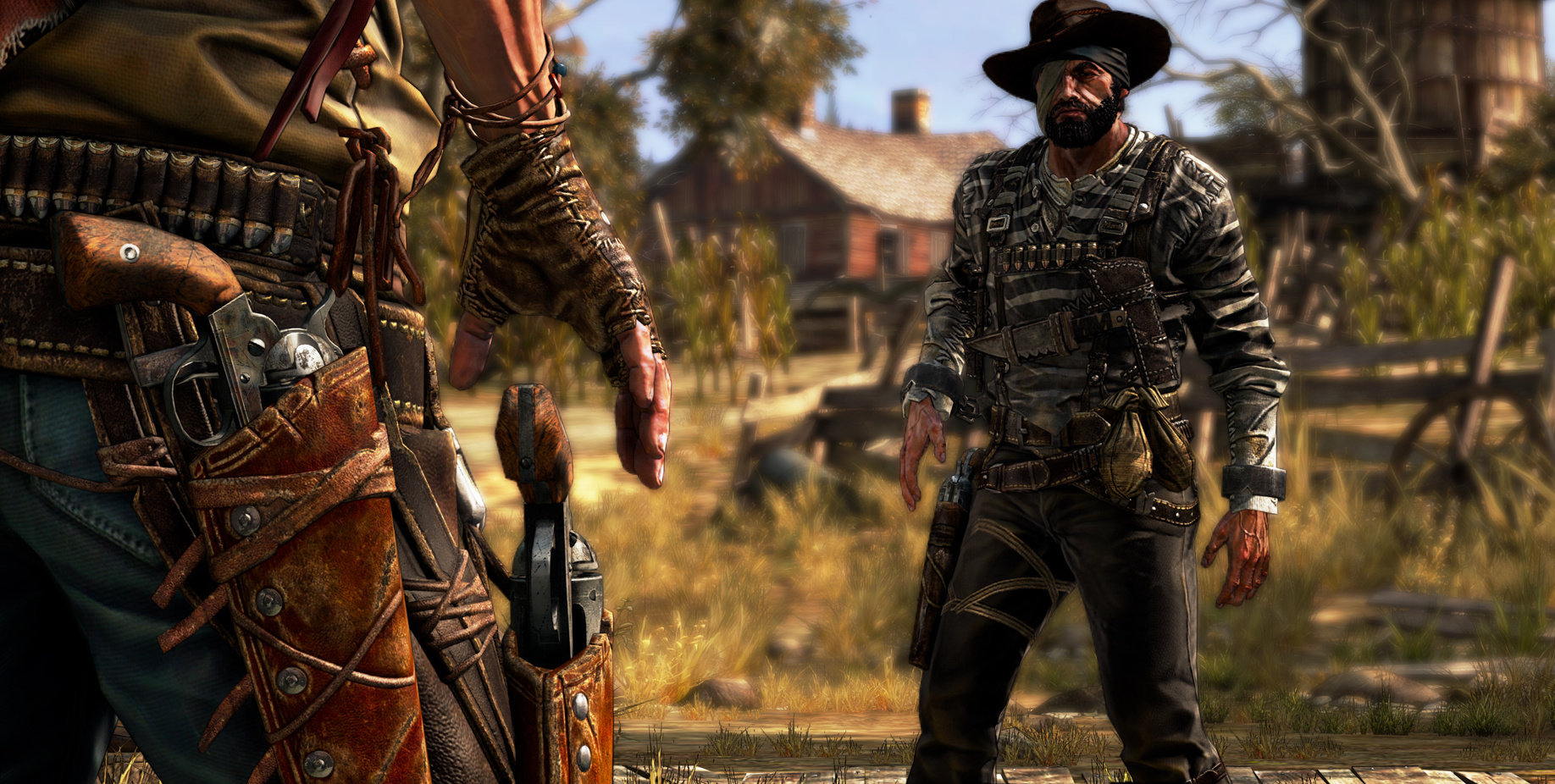
When you come across bosses (most of them folk lore legends) there are a few things that might happen. In some cases they may be behind a Gatling gun and you have to make your way to them without getting mowed down. In other cases they may come out and fight you head on. This approach bothered me a bit only because I feel they missed a great opportunity here. Bosses in this form are fucking juggernauts. They eat bullets as if lead were a healthy part of their balanced diet. They constantly move toward you, and if you do manage to stop them, it’s only for a second or two. Why couldn’t I have had some type of shootout with thess guys; making it hard for me to hit this incredibly skilled person instead of having him turn in to colossus.
The thing I did like about these fights is that they force the player to actively look for weaknesses in the juggernauts. In one of these fights the boss was using a double-barrel shotgun, and at first it felt damn near impossible to beat this guy because I couldn’t do enough damage to him before he was able to take me out with his powerful weapon. Once I sat back for a moment I was able to figure out that after the second shot I had a few seconds to put some lead in his face, so that’s what I did. I popped in and out of cover to make him use his shots, and then fired a few rounds while he was reloading (followed by retreating to the next cover point).
The third type of boss fight (and most common) are duels. It’s more than just being faster than your opponent, as there is a lot that goes into a duel. The duel system gets more and more complicated throughout the game to keep things interesting. In the first duel you only need to keep your reticule on your opponent to build focus, which zooms the screen in on your target so it’s easier to hit him. After that you’ll learn about speed, which means you need to watch your focus and keep an eye on your hand position so that you can draw and shoot faster. Finally, dodging is added; which is helpful if your enemy gets a shot off first.
Both focus and speed is shown in percentages, so for most of the duel I’m wasn’t even looking at my opponent. Instead of having complete control of the reticule for focus, you can only use your mouse to influence where it will go; so keeping it on an opponent is more difficult than it may seem. Doing that while balancing speed creates quite the challenge in dueling. You know your opponent is just about ready to draw when you hear the heartbeat. If you draw and shoot before him it counts as a dishonorable kill. It’s optional, but the way to get an honorable kill is to wait for to opponent to draw first. This is where speed comes in as depending on how high your speed is, your opponent will move in slow motion after you draw — giving you a chance to shoot first and kill him.

Duels continue to evolve throughout the game. Just when you think you’ve got it down, now you need to duel two people. There is even a Mexican stand-off (that’s when more than two people duel each other simultaneously) before the end of the game. For the most part I did enjoy the dueling, but it can be a bit frustrating at times. Spending all that time building up your focus and speed just to not be fast enough when it counts can be infuriating. The Mexican stand-off had to be one of the most frustrating parts of the game.
After you beat the game a new difficulty opens up as well as New Game Plus, which allows you to play through the game again keeping all of your skills and weapons. The game has two endings so there is a reason to play through it again. Yes, you can just do the last chapter over if you want; but with the multiple pathways and dialog, you might get a new experience by playing again. There is also a Duel mode in which you have five lives to make it through 15 duels to win.
There is an Arcade mode as well, which surprised me. When I hopped into it I expected it to just be each episode with no story attached. I was wrong, as it is done region for region instead of episode for episode. Those areas you may not have been able to go through in the single player may be accessible in arcade mode — giving you a familiar setting, but somewhat new areas to fight in. After each level you will be given a three star rating that depends on how many points you get and how fast you complete the level. There is ton of replayablity here, as I found myself replaying the first arcade level over several times just to get a three star rating (spoiler alert: not the easiest thing to do).
Between Arcade mode, Duel mode, New Game Plus, and the additional difficulty, Call of Juarez: Gunslinger has a ton of replayability. When I was finished with the game, it left me wanting more; not because I felt it was lacking, but because I enjoyed myself so much. I find it incredible that this much work went into a $15 title. I applaud the work of Techland, especially since the Call of Juarez branding was hurt by recent Call of Juarez titles. I would highly recommend this title for FPS fans that enjoy killing with skill and hearing a good story.

